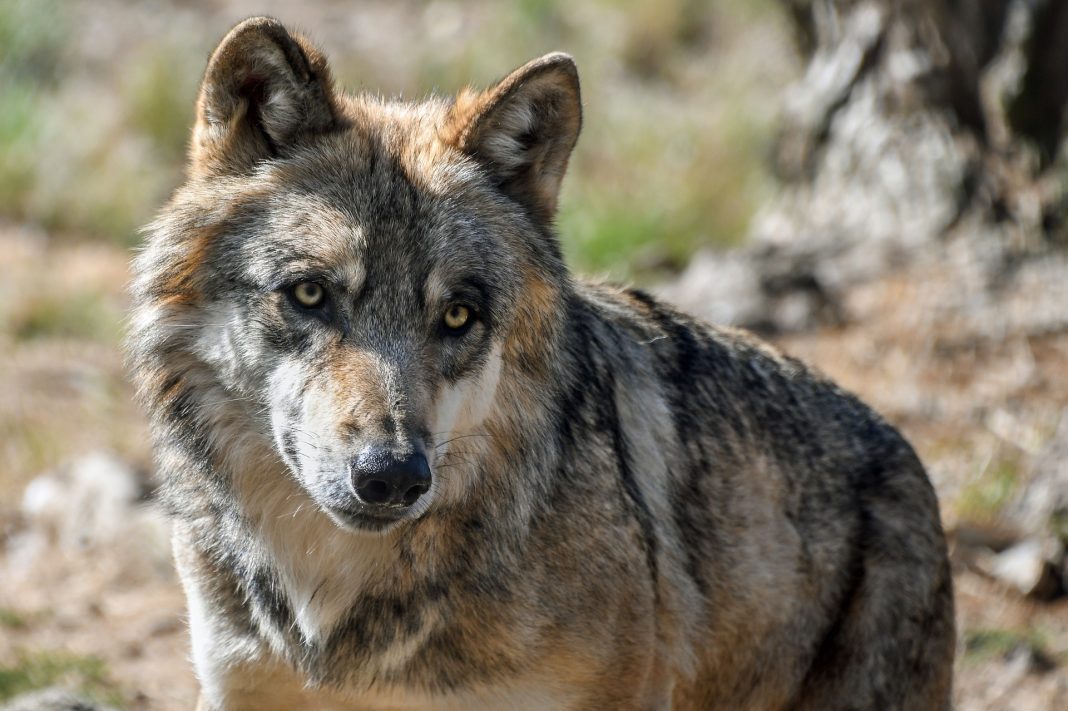Many of us have eyes on the Gray wolves wreaking havoc in the northern part of the United States; meanwhile, the Mexican gray wolf is having it’s most deadly year ever in the Southwest.
In the first four months of 2019, there have been 88 cases of wolf-related livestock depredation. Three dozen of these cases were in April alone. To put that in perspective, there were “only” 100 cases of depredation in all of 2018.
This should come as no surprise, though. The Mexican gray wolf is listed as endangered under the federal Endangered Species Act. Earlier this year, the U.S. Fish and Wildlife Service and Arizona Game and Fish announced they were “cautiously optimistic” that the wolf population would continue to grow and thrive. The population is at it’s highest level since reintroduction efforts began. Officials have seen a steady 12% increase over the past 10 years bringing the current population to at least 131.
This isn’t enough for pro-wolf groups though. Despite the crippling effects the introduction has on ranchers, groups like Defenders of Wildlife only want non-lethal forms of hazing to be used. These groups and the USFWS are helping some ranchers across the southwest. Their help includes “simple” ideas like quickly removing carcasses from fields and moving cows frequently to keep wolves away.
Unlike the wolves in the north, president Trump’s plan to delist wolves will not affect the Mexican gray wolves. The U.S. Fish and Wildlife Service did a study earlier this year which found Mexican gray wolves were a different subspecies from Gray wolves. This means they will remain protected for the foreseeable future.
These same groups also say that the wolves are highly managed. They are brought back when they stray out of their boundaries or prey on livestock. It is hard to believe that such “highly managed” animals would be allowed to kill so prolifically.
Should Mexican gray wolves be delisted along with Gray wolves?















